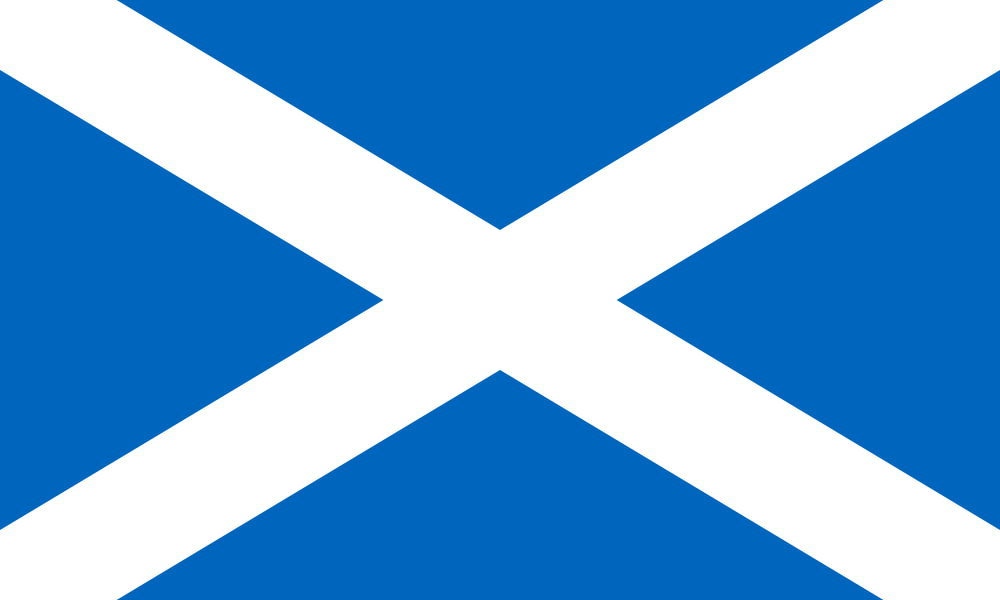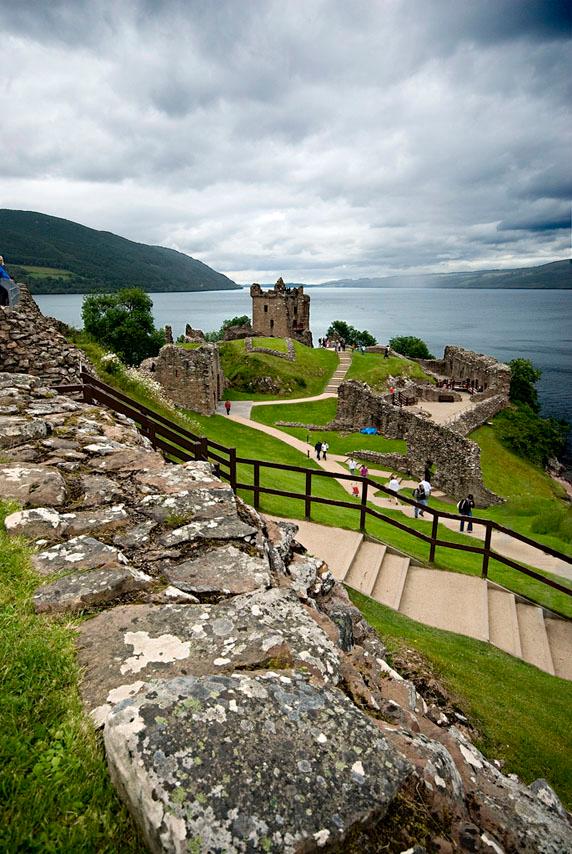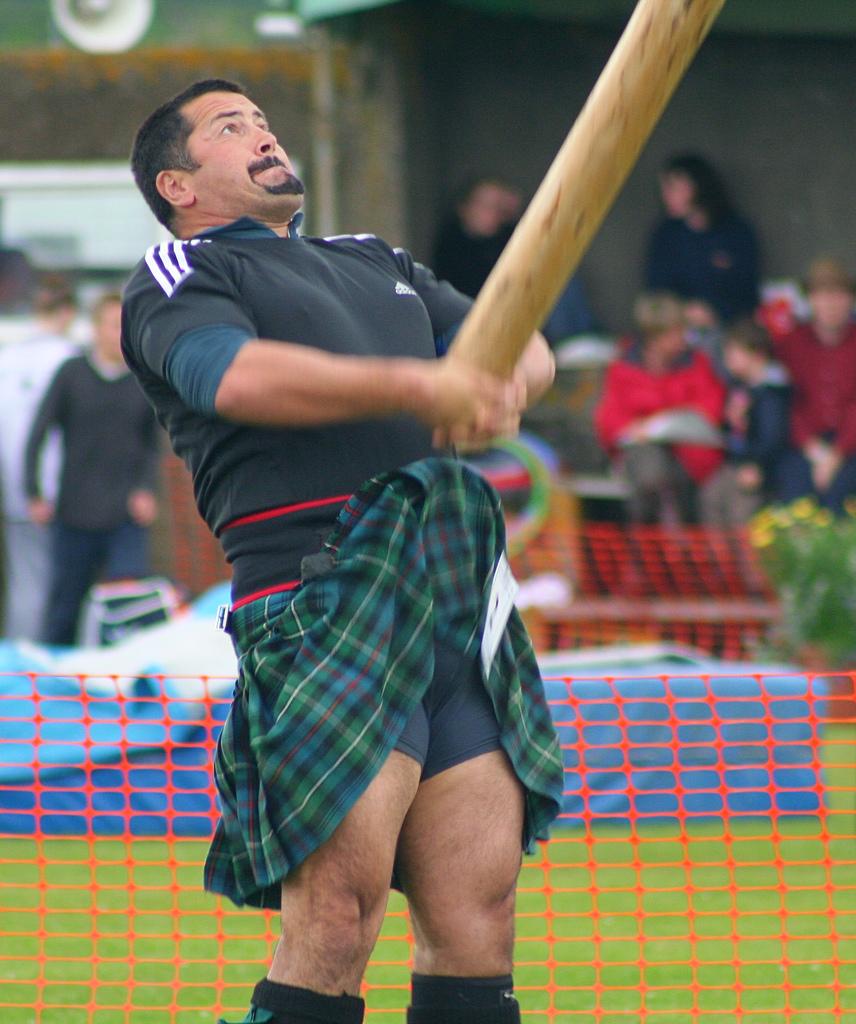An Introduction to Scotland

An introduction to Scotland
(The audio begins with a brief summary of the text)

Geographically, the country can be divided into 3 main parts. The Southern Uplands is an area of low hills and fertile valleys, where agriculture is important. This area merges with the plain of the more industrial Central Lowlands, which in turn gives way to the fast-flowing rivers, quiet lochs and picturesque mountains of the Highlands in the north. The Highlands are mountainous and sparsely populated; in fact one of the least populated regions in Europe. In the far north, Scotland’s beauty culminates in the islands of the Hebrides, the Orkneys and the Shetlands. The country has a total of 790 islands and a population of 5.1 million. The two largest cities are situated in Central Scotland; Edinburgh, the capital, in the east and Glasgow, the largest, in the west.
The economy is based on the following industries: high technology; financial; tourism; oil; hydroelectric power; salmon; forestry; sheep farming.
There are strong similarities between many parts of Scotland and Norway, especially north-west Scotland with its mountains and fiords. Close ties have always existed between the two countries. Norwegian vikings settled on the islands of the north and west and evidence of Norwegian settlement is found in place names like Wick, Thurso and Shetland.
The Scots use many words from Norse, for example, kirk (kirke), bairn (barn) and gate (gate). Scots is a separate language from English with different vocabulary and grammar, but most people in Scotland speak Scottish Standard English. Gaelic, a Celtic language, is still spoken mainly in the north and west of Scotland, but the number of speakers is decreasing despite efforts to preserve it.

Scotland has strong and vibrant poetry and musical traditions where the fiddle, accordion and of course the bagpipes are used. The latter possibly only appreciated by the Scots themselves!
Scots are also proud of their national sports like golf, curling and tossing the caber. Then there is the kilt, the national costume, which is worn only by men. Traditionally, it was made from woollen material in your clan’s tartan, but modern kilts come in many forms and materials. The film, Braveheart, helped to increase the popularity of the kilt.
Research
- There are many similarities between Norway and Scotland. Make a list comparing the two countries in terms of trade, population, size, climate, scenery etc. Go online to find relevant facts and figures.
- Who is Braveheart? Use the Internet to find out. Why has he become such an important Scottish icon?
Related content
Can you think of anything that is typical of Scotland?
Scotland is a country of variety: cities and quiet countryside, mountains and islands. What kind of place would you like to visit?